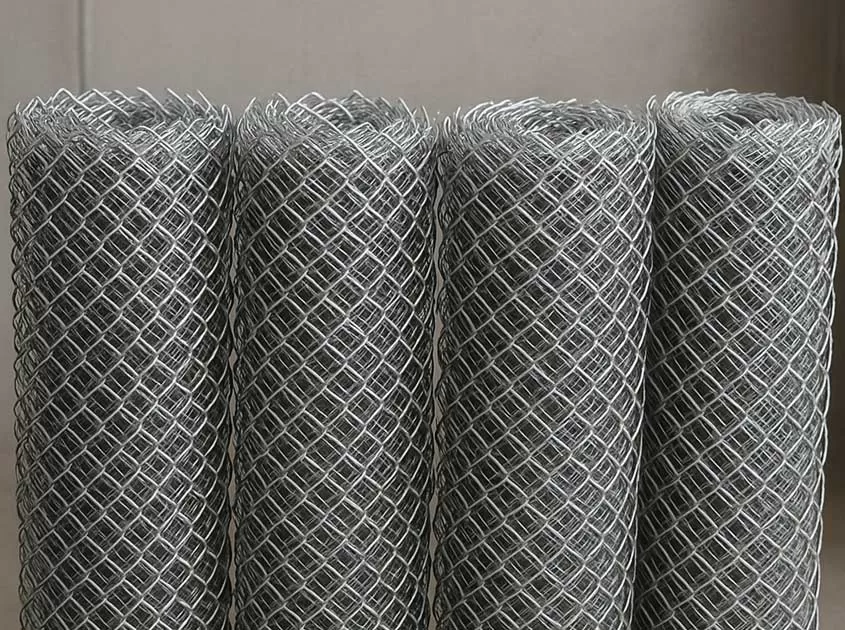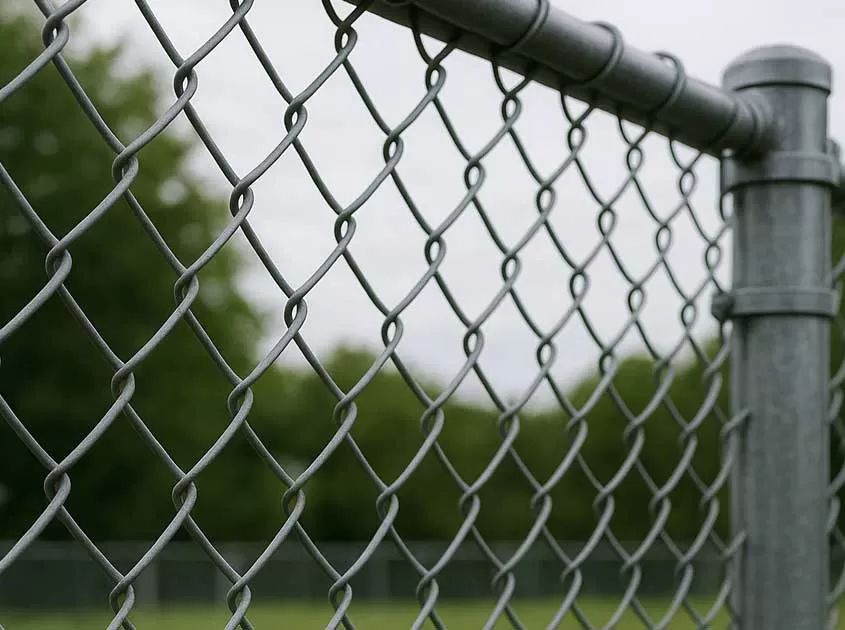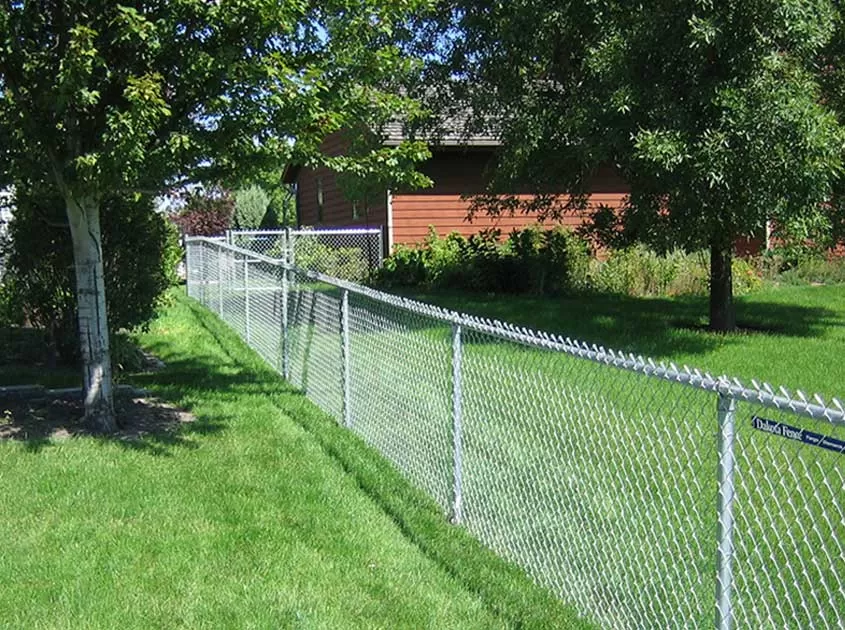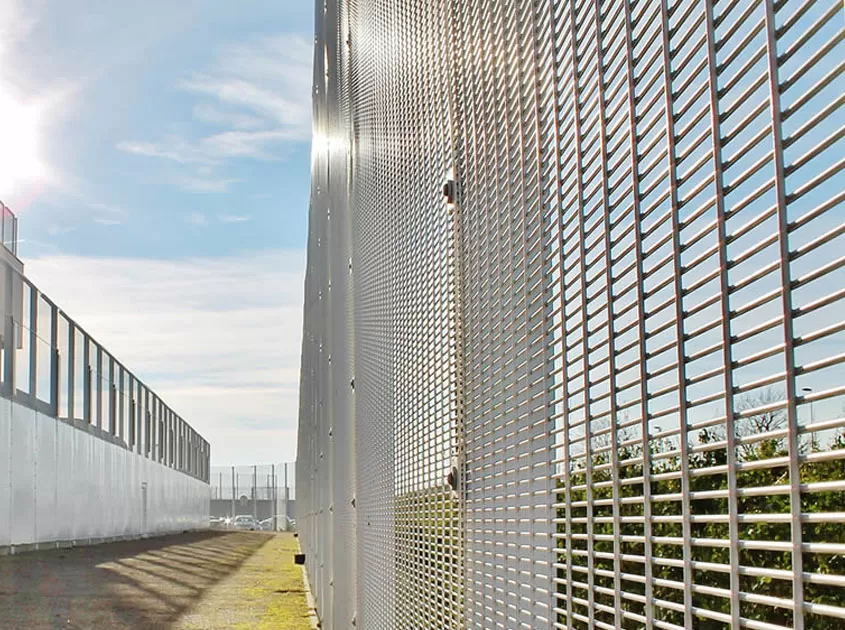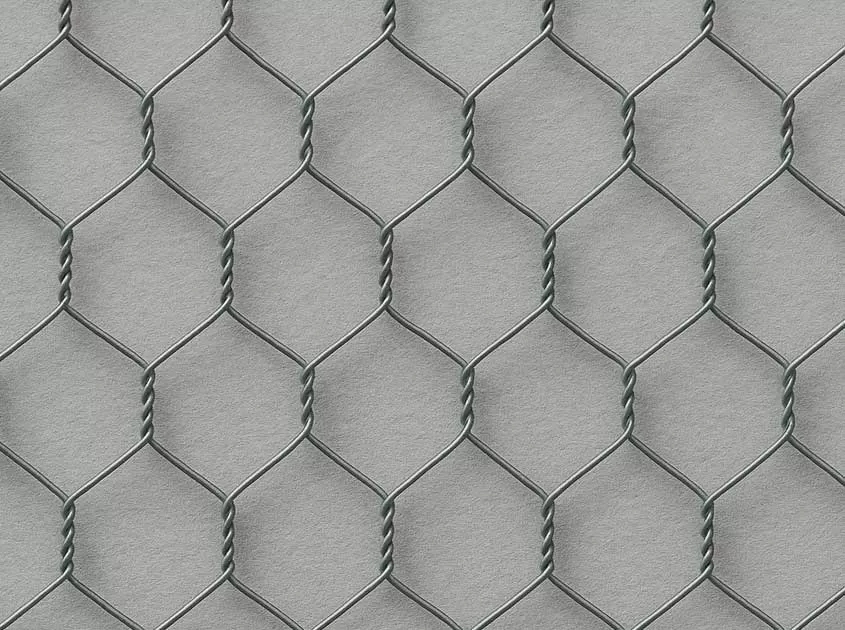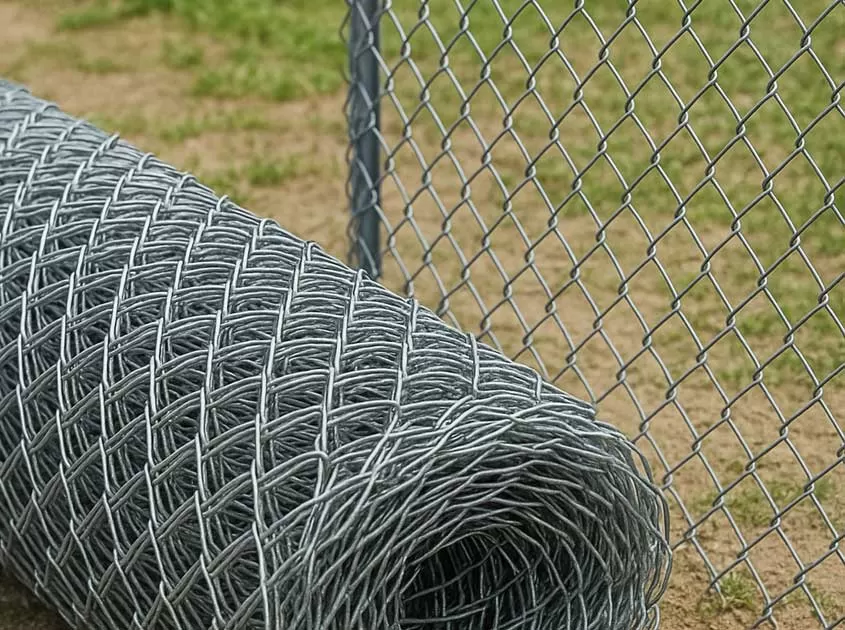The Role of China Wire Mesh Fence in Environmental Conservation
Introduction:
In this regard, China's wire mesh fence industry has emerged as a significant player in promoting environmental conservation efforts.
Environmental conservation has become an increasingly critical global concern as we strive to protect our natural resources and mitigate the impact of human activities on ecosystems. This article aims to explore the role of China's wire mesh fence in preserving and safeguarding the environment.
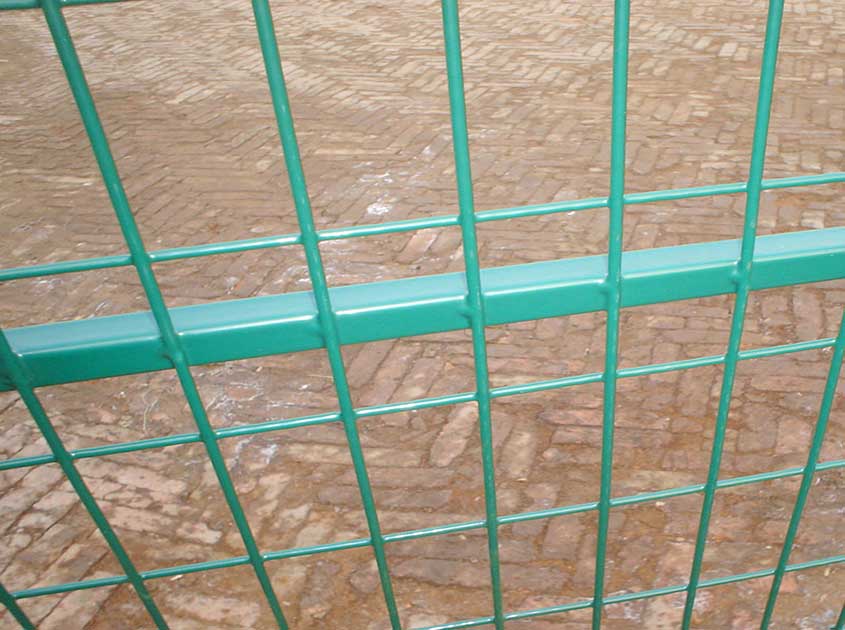
Ecosystem Protection:
China's wire mesh fence plays a vital role in safeguarding various ecosystems, such as forests, wetlands, and wildlife habitats. These fences act as effective barriers, preventing unauthorized human encroachment, reducing the risk of habitat destruction, and minimizing disturbances to fragile ecosystems. By defining boundaries and restricting access, wire mesh fences ensure that sensitive areas remain undisturbed, allowing natural processes to continue uninterrupted.
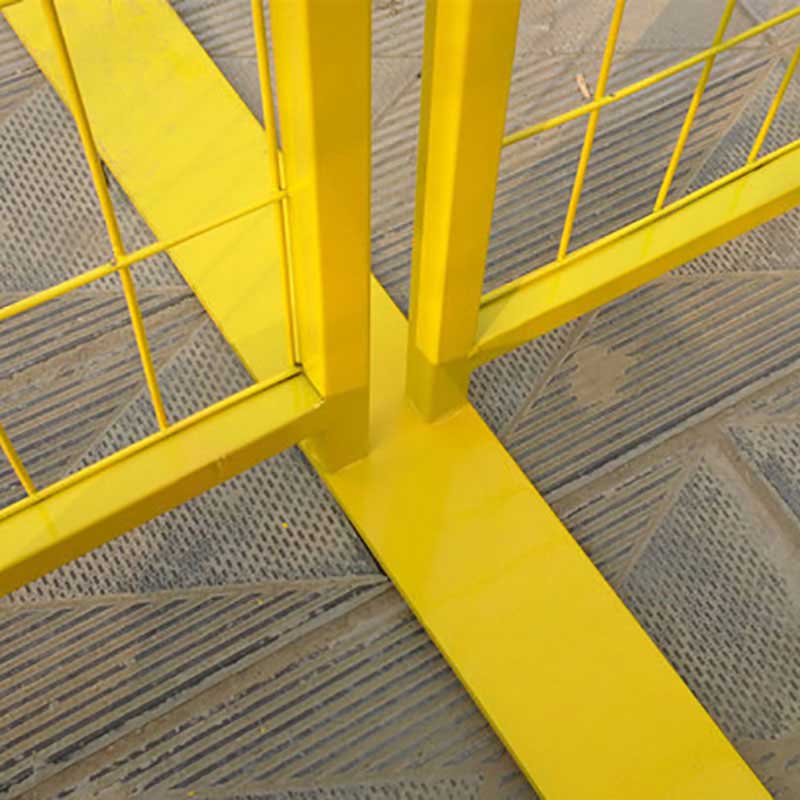
Biodiversity Preservation:
The wire mesh fence industry in China contributes significantly to the preservation of biodiversity. By enclosing designated areas, such as nature reserves and protected zones, wire mesh fences effectively control human activities and prevent the illegal hunting, poaching, or trafficking of endangered species. These fences act as a physical deterrent, safeguarding wildlife and providing a secure environment for vulnerable species to thrive.
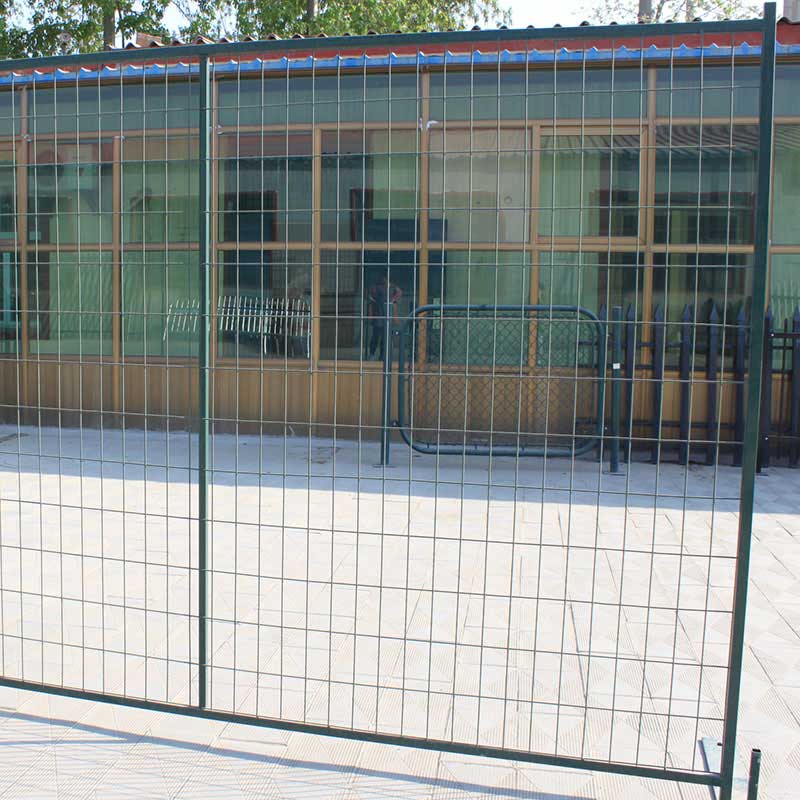
Soil and Water Conservation:
One of the critical aspects of environmental conservation is soil and water protection. China's wire mesh fences are widely used in agricultural fields, terraces, and riverbanks to prevent soil erosion and sedimentation. These fences help retain soil moisture, minimize surface runoff, and prevent excessive soil loss. By reducing sedimentation, wire mesh fences also contribute to the preservation of water quality in rivers, lakes, and other water bodies.
-
 Corrosion-Resistant Stainless Steel Wire Mesh Oct 28, 2025
Corrosion-Resistant Stainless Steel Wire Mesh Oct 28, 2025

- Tel.: +86 311 83077076
- E-mail: sales@qunkunmetal.com
- Skype: qunkunsales01
- WhatsApp: 8618032412189
- Add.: No.69 The Filter Industrial Part of Anping, Hebei, China




